BAGHDAD - In an effort to prepare Iraqi Army engineers for timelines established in the Security Agreement, U.S. Army heavy equipment operators of Company A , 46th Engineer Combat Battalion (Heavy), 225th Engineer Brigade have spent hours training Iraqi engineers across Baghdad since April 5.
Since deploying to Iraq in June 2008, A Co. engineers have graded roads, placed thousands of protective barriers, and scooped up hundreds of tons of garbage. With extensive 'stick time', experience gained operating the cranes, bull dozers and scrapers, "Steel Spike" Soldiers have passed on their knowledge to their Iraqi Army counterparts.
From Joint Security Station Knight in Mahmudiyah, south of Baghdad, to the Rasheed and Muthana districts of central Baghdad, U.S. engineers have trained Iraqi Engineers on heavy equipment.
"[The 9th Iraqi Army Engineers] were really motivated to learn. Into the third day, they were already starting to do some smaller projects within the compound," said Sgt. Russell Hull, a team leader with the earth moving platoon, from Darlington, Wis.. "The best way for them to learn is the hands-on. The classroom stuff was not as effective as training one Iraqi, and then he could train the rest."
The concept behind the training is to give Iraqi Soldiers "stick time" on heavy equipment such as bulldozers, bucket loaders, and cranes. Ultimately, giving the IA engineers a leading role in conducting construction and road repair operations.
The team of heavy equipment operators developed a three phase training plan that gradually allowed Iraqi engineers to take over the controls. The first phase was designed to get Iraqi engineers familiarized with equipment.
The second phase placed Iraqi Soldiers behind the wheel of the heavy equipment with U.S. Soldiers giving support and guidance, with the last phase giving Iraqi operators complete control of the equipment.
"Steel Spike" troops conducted the first iteration of heavy engineer equipment with the 9th Iraqi Army Engineer Regiment at JSS al-Rasheed and the 17th IA Engineers at JSS Knight, on the northwest side of Baghdad. The first team was led by Staff Sgt. Marcos Lopez, an El Paso, Texas native.
"We used a 'train the trainer' approach which turned out to be the most efficient. We trained one guy who trained everyone else," Lopez said.
The earthmovers formulated a training strategy that included student study guides full of pictures and translated by the battalion's interpreters.
Construction operations are inherently risky. Spc. Leobardo Antonio, from Phoenix, Ariz., an experienced operator with the earth moving platoon, drafted the actual plan of instruction that called for two pieces of equipment, the grader and the crane.
"A person can get seriously hurt or run over by one of these big pieces of machinery. Understanding hand and arm signals and how to properly use a ground guide makes operating much safer," said Antonio.
In addition to the training at JSS al-Rasheed, the 23rd IA Brigade commander, Lt. Col. Akram, requested support in the form of improvements to the access road and force protection of JSS Knight. Staff Sgt. Joseph Gardner, a squad leader from Shreveport, La., integrated an Iraqi bucket loader and operator into the horizontal construction efforts. Again, the Iraqi Soldiers were eager to learn and able to gain valuable experience. The training was successful and the project was completed with the Iraqi operators doing the most of the work.
"It was an honor and a pleasure working with them," said Gardner.
Staff Sgt. Lawrence Willeford, a squad leader from Lawton, Okla., said "They are well-trained and pick up operating the equipment really fast. I'd give up my crane right now, they're that good."
Willeford also trained four engineers from the 6th IA at Muthana Airfield. The 4-day training event focused on operation of the 22-ton crane. Willeford conducted hands on training as the Iraqi Soldiers moved over 40 concrete t-walls to upgrade force protection at the site.
"These guys are good. A little rough with the equipment, but as they operate the crane more the smoother they get," Willeford said.
Willeford said that he is confident that the IA engineers are ready to take over the earthmoving mission once U.S forces leave Iraq.
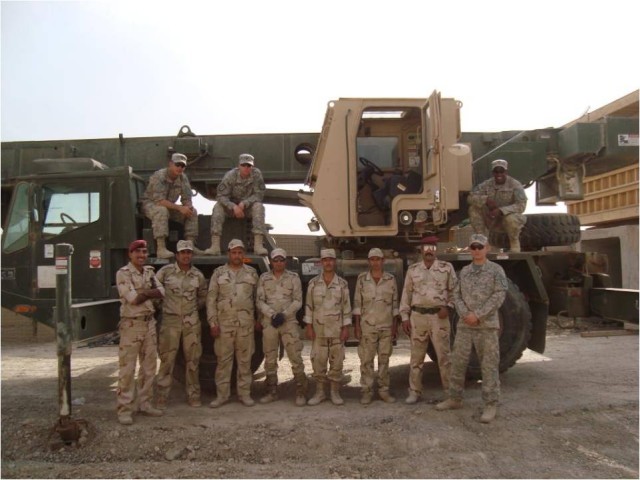
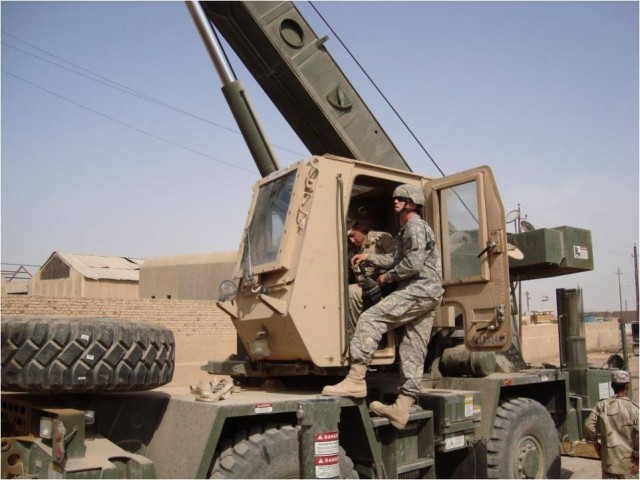
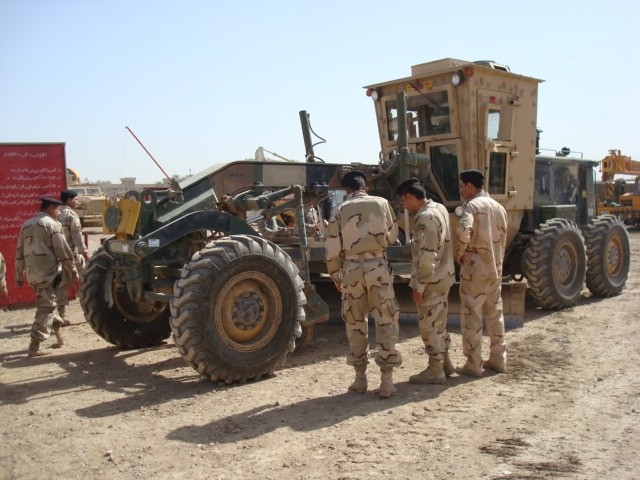
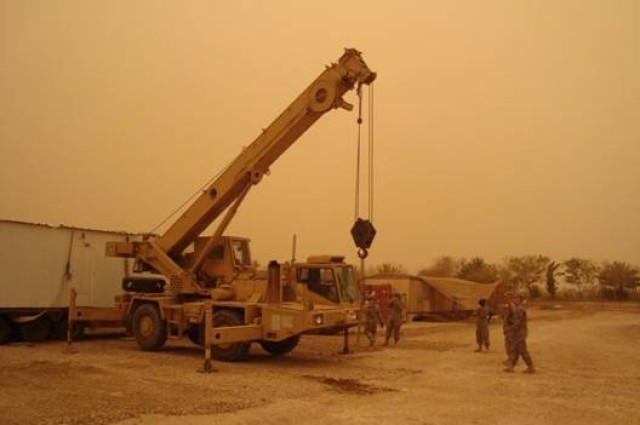
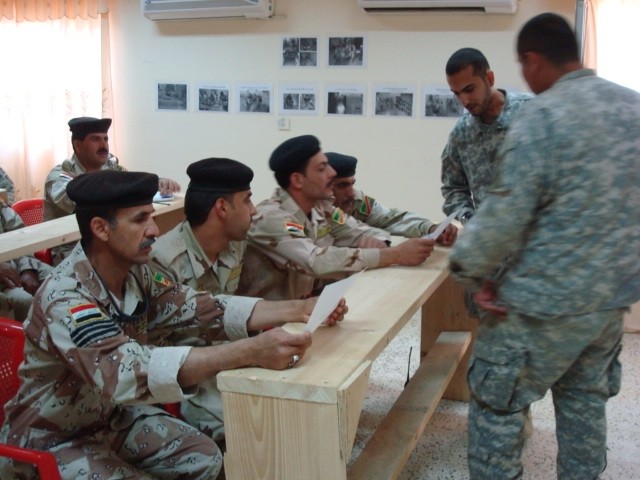
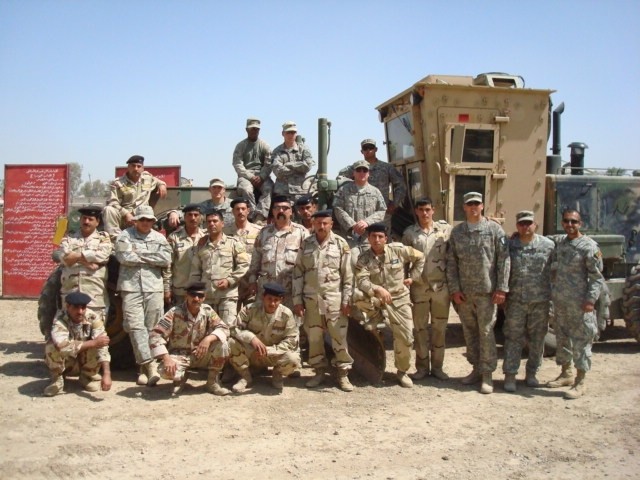
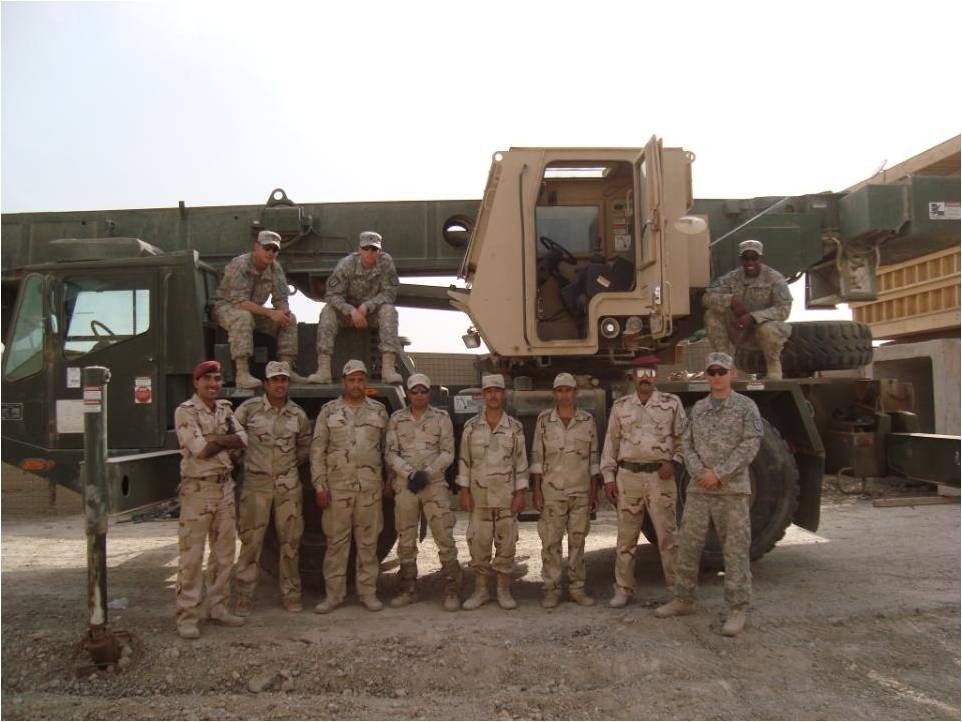

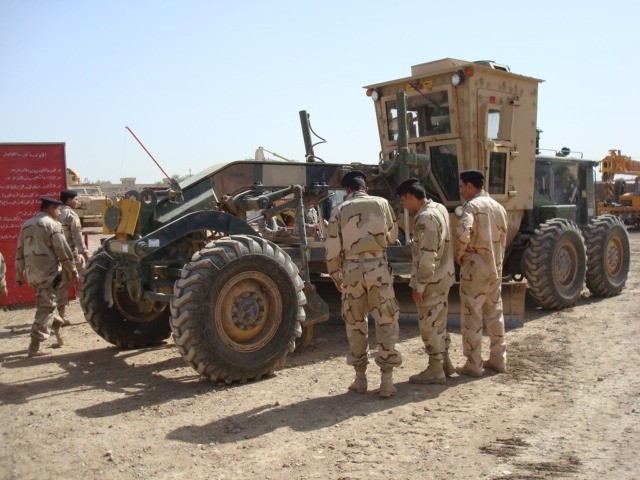
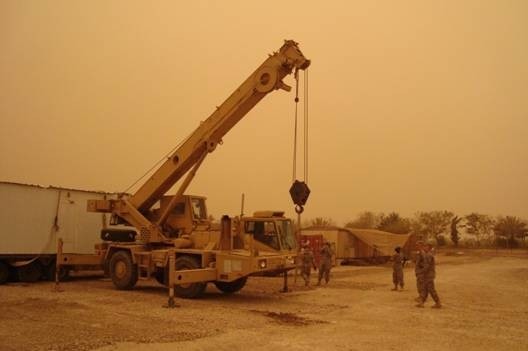
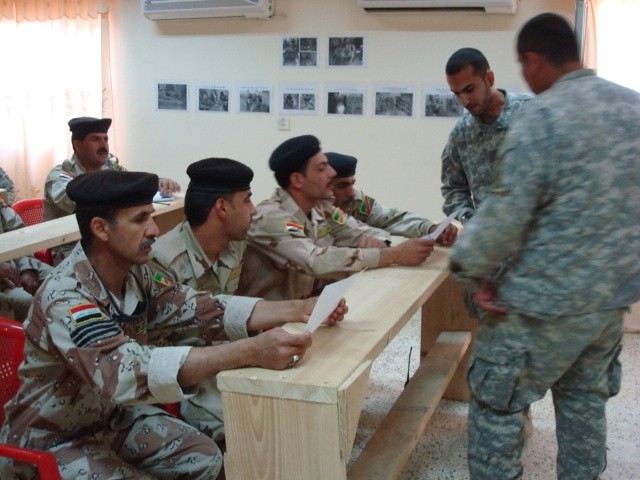
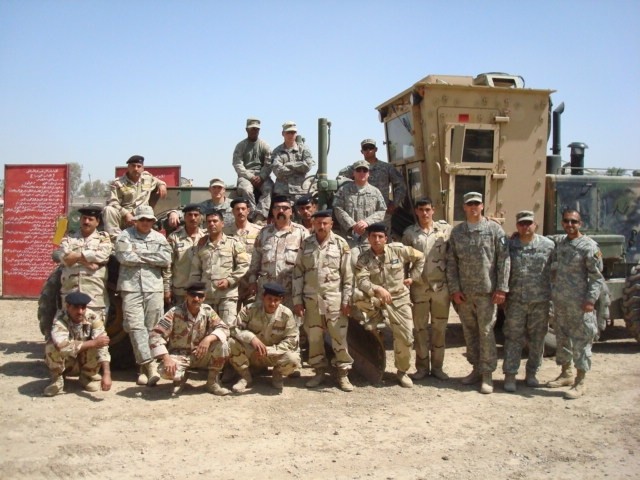
Social Sharing